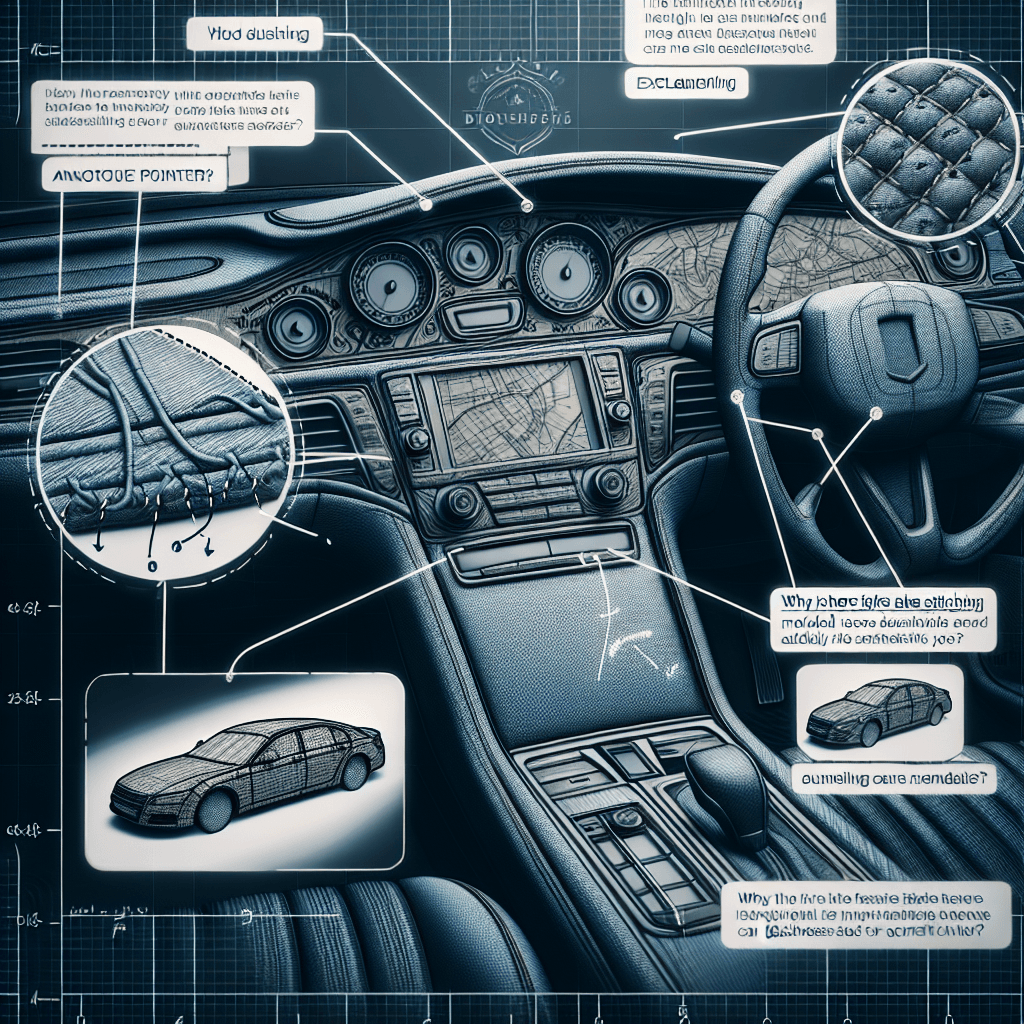The Eerie Glow: Uncovering the Real Reason for Blue Lights in Public Toilets
Ever wondered why some public restrooms are bathed in a strange, blue light? It's not a design choice—it's a deliberate strategy with serious, and often life-saving, intentions.


Too Long; Didn't Read
Public toilets use blue lights to deter intravenous drug use, as the specific color makes it extremely difficult for users to locate their veins.
Beyond the Pale: Why Do Some Public Toilets Use Blue Light Instead of White?
Ever stepped into a public restroom and found yourself bathed in an unexpected, almost otherworldly, blue glow? It’s a peculiar experience, far removed from the typical bright white or warm yellow lighting we expect. This isn't just a quirky design choice; there are specific, often serious, reasons behind the installation of blue lights in certain public toilets. This blog post will delve into the primary motivations for this practice, exploring its intended effects, its effectiveness, and some of the surrounding controversies. Understanding this phenomenon sheds light on public health strategies and the challenges faced in managing public spaces.
The Primary Driver: Deterring Intravenous Drug Use
The most significant and widely cited reason for installing blue lights in public toilets is to deter intravenous drug use. The theory is straightforward: the specific wavelength of blue light makes it much more difficult for individuals to see their veins.
How Blue Light Obscures Veins
Veins are typically visible under white light because they absorb more light and reflect less, appearing darker than the surrounding skin. However, under blue light:
- Veins, which are blueish-purple, absorb the blue light.
- The surrounding skin also reflects blue light, making the contrast between veins and skin significantly less apparent. This reduction in visibility makes it challenging for individuals to accurately locate a vein for injection, theoretically discouraging drug use in these facilities. This measure is often implemented in areas known for, or susceptible to, high rates of public drug consumption, such as transport hubs, city centers, and certain public parks. The intention is to make these spaces less conducive to such activities, thereby improving public safety and health.
Does it Actually Work? The Effectiveness Debate
While the intention behind blue lighting is clear, its actual effectiveness in preventing drug use is a subject of ongoing discussion and research.
Facility managers and some local authorities have reported anecdotal success, suggesting a decrease in drug paraphernalia found in blue-lit restrooms. The logic of making veins harder to see seems sound on the surface.
However, critics and some studies raise important counterpoints:
- Displacement, Not Prevention: Determined individuals may simply find alternative locations to use drugs, shifting the problem rather than solving it.
- Adaptation: Regular drug users may become adept at injecting by touch or memory, or they might use other light sources like mobile phone torches, negating the effect of the blue light.
- Limited Scope: Blue lights only target intravenous drug use, having no impact on other forms of substance abuse.
Research from various regions offers mixed conclusions. For instance, some reports from a few years back indicated that while blue lights might deter casual or new users, they are less effective against habitual users. The consensus is that blue lighting is not a standalone solution.
Unintended Consequences and Criticisms
The use of blue lights is not without its drawbacks and criticisms, which extend beyond just its debated efficacy against drug use.
Reduced Visibility and Safety Concerns
The very feature that aims to deter drug users – poor visibility – can create other safety hazards:
- Difficulty Spotting Hazards: Sharps, such as discarded needles, or other dangerous litter can be much harder to see on the floor, posing a risk to all users, including cleaning staff.
- General Disorientation: The unusual lighting can be disorienting for some individuals, potentially increasing the risk of slips, trips, and falls, especially for those with visual impairments or balance issues.
- Hygiene and Other Emergencies: Blue light can make it harder to notice cleanliness issues, spills, or even someone experiencing a medical emergency unrelated to drug use.
Impact on the General Public
Beyond physical safety, blue lighting can affect the user experience:
- Unwelcoming Atmosphere: Many find the blue hue eerie, unwelcoming, or even anxiety-inducing, which is not ideal for a facility intended for public comfort.
- Stigmatization: The presence of blue lights can implicitly stigmatize a public space, suggesting it's a problem area and potentially making law-abiding citizens feel uncomfortable or unsafe.
Other Less Common, Purported Reasons
While drug deterrence is paramount, a couple of other, less substantiated, reasons are sometimes mentioned:
- Vandalism Deterrence: There's a minor theory that blue light might make graffiti less visible or satisfying to create, though this is not a primary driver and lacks strong evidence.
- Perceived Cleanliness (Psychological): Blue light is sometimes associated with UV germicidal lamps (which often emit a blue glow), potentially leading to a subconscious perception of a cleaner environment, even if the blue light itself has no sanitizing properties. This is more about psychological association than a functional benefit.
Conclusion: A Complex Balance
The decision to install blue lights in public toilets, most notably as a deterrent to intravenous drug use, stems from a desire to address serious public health and safety concerns. By making veins harder to see, the aim is to render these spaces less suitable for such activities.
However, the effectiveness of this measure is debated, with evidence suggesting it may displace rather than eliminate the problem and can be circumvented by determined individuals. Furthermore, blue lighting introduces its own set of challenges, including reduced visibility for general safety and hygiene, and can create an unwelcoming or stigmatizing atmosphere for the general public. Ultimately, while blue lights represent one attempt to tackle a complex issue, they highlight the ongoing need for multifaceted strategies in managing public health and safety in shared spaces.


